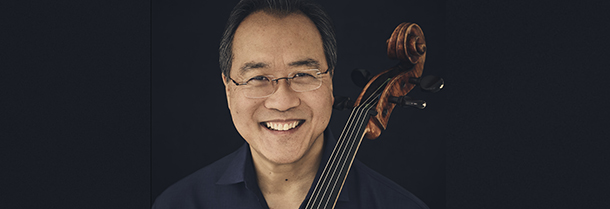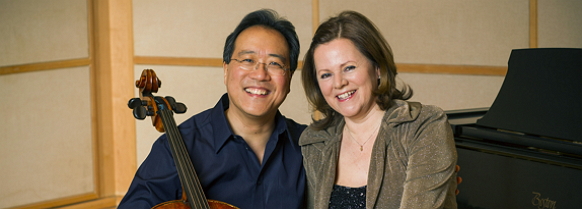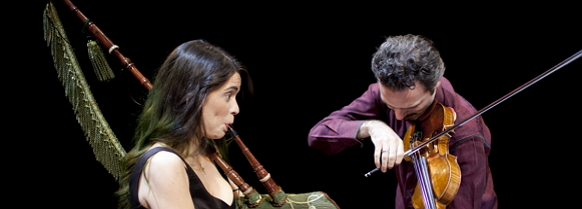Tag: Yo-Yo Ma
-

-

PROGRAM NOTES: YO-YO MA & KATHRYN STOTT
Igor Stravinsky Suite Italienne At the end of the Great War Igor Stravinsky underwent a radical shift in his compositional techniques and aesthetic aims. Gone were the gargantuan orchestras that had performed the lush, colorful scores of his pre-War ballets Firebird and Petrushka. Gone, as well, the dense chord structures and revolutionary rhythmic tumult that…
-

PROGRAM NOTES: THE SILK ROAD ENSEMBLE
For nearly two thousand years (ending in the 14th century), the historical Silk Road, a series of land and sea trade routes, crisscrossed Eurasia, enabling the exchange of goods and innovations from Japan to the Mediterranean Sea. Over the centuries, many important scientific and technological innovations migrated to the West along the Silk Road,…

